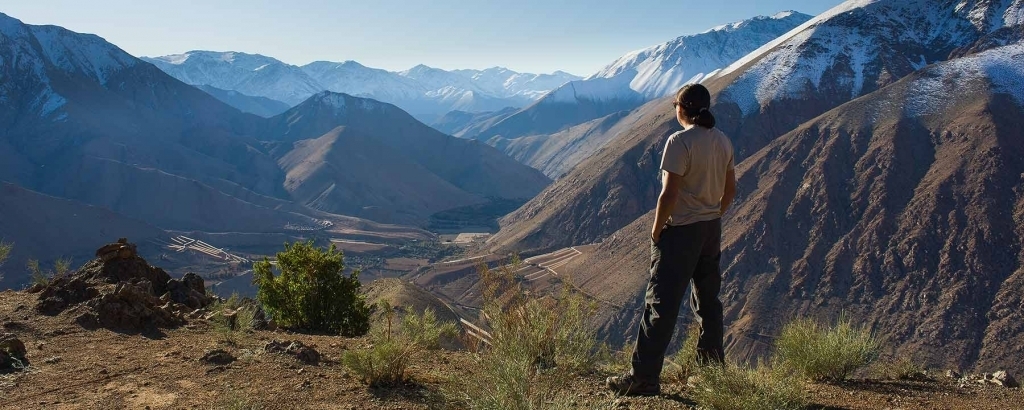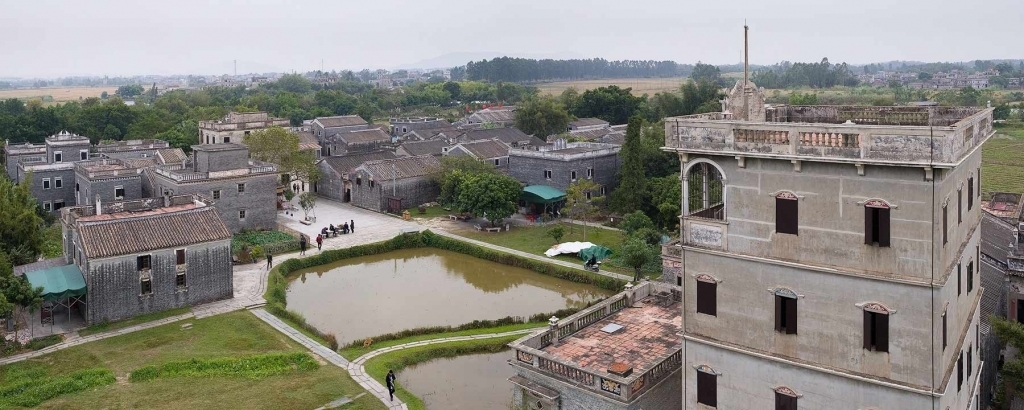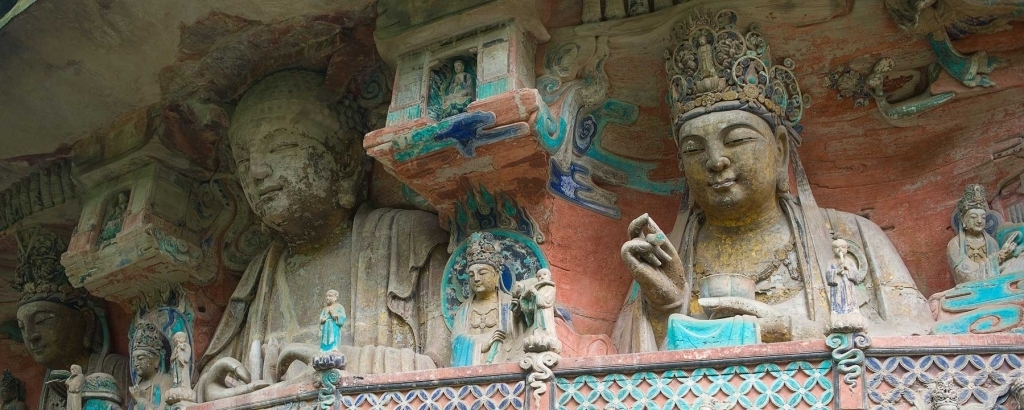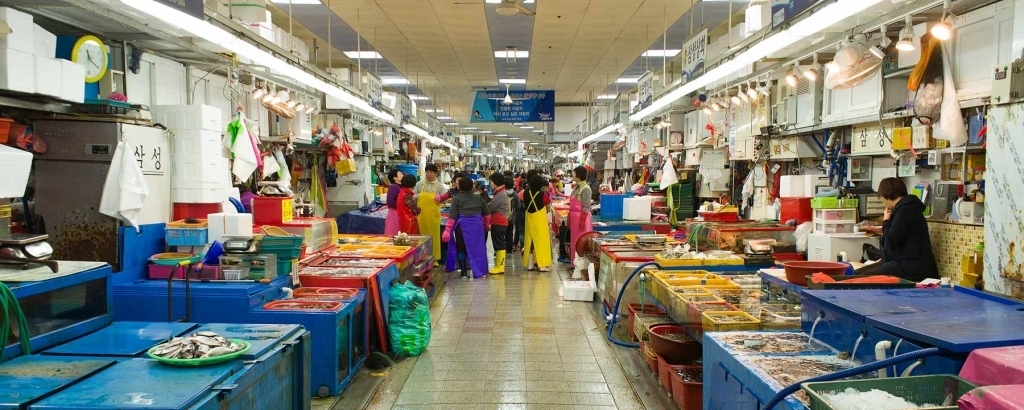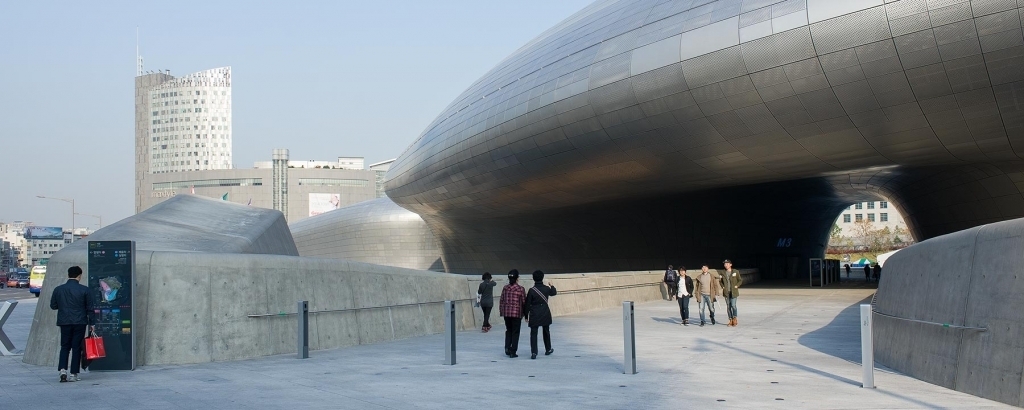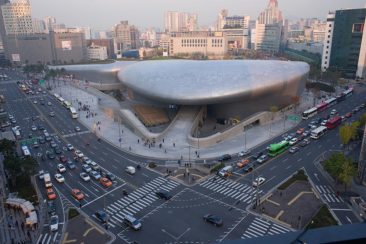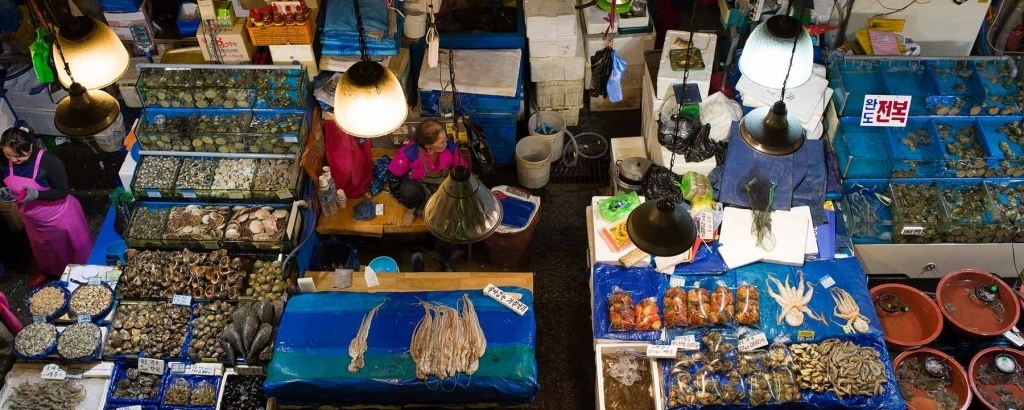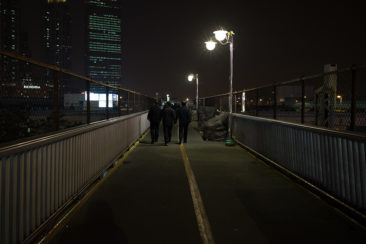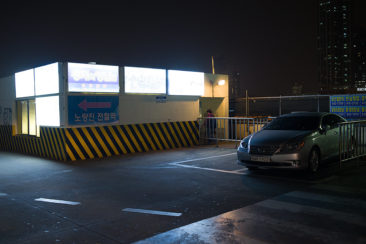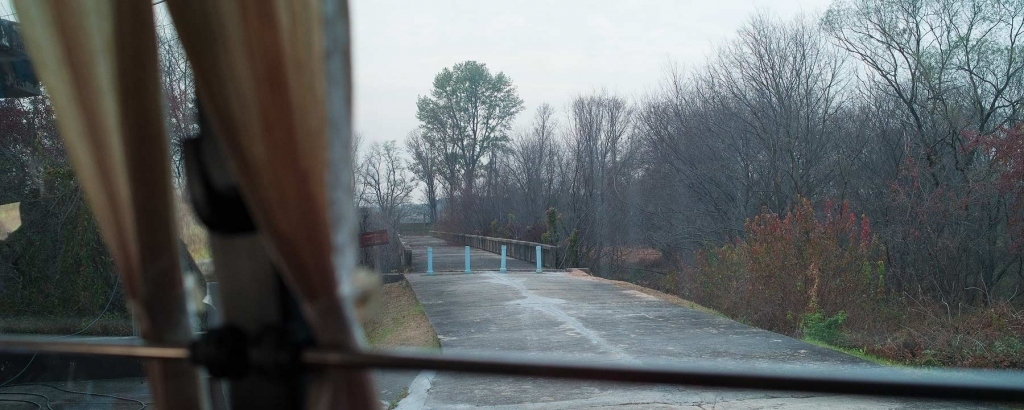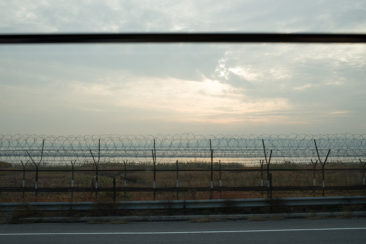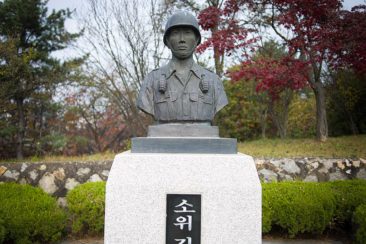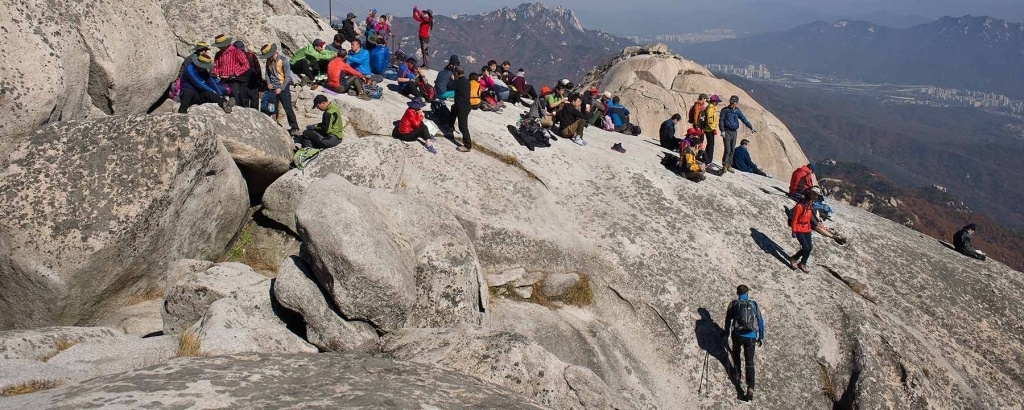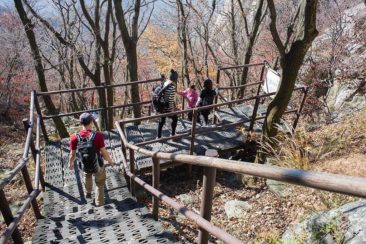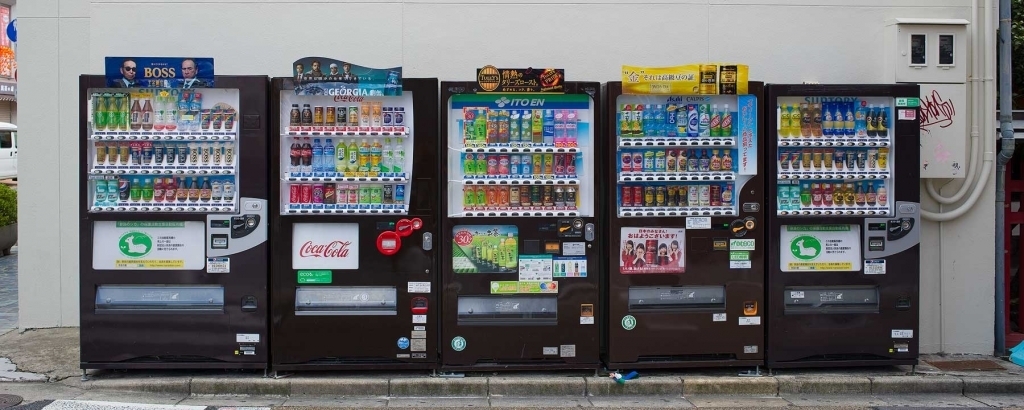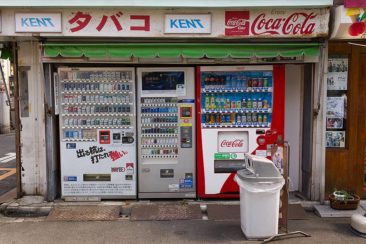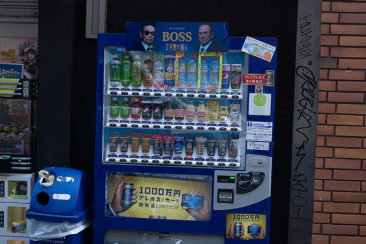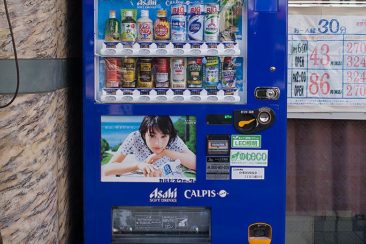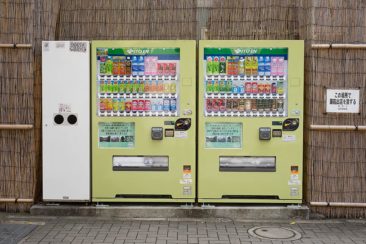Unleash the architects! (figuratively speaking)
The Gugenheim museum of Bilbao by Frank Gehry, built in the nineties, helped to breathe new life into the city. Not only did the building give a boost to a whole part of the city that was quickly decaying, but due to its celebrity/popularity it soon became a symbol/icon of Bilbao. It was such an appealing building that it even appears in one of the James Bond franchise movies. (By the way I love 007 movies). The Bilbao effect was born – constructing an exceptional building in a particular place in a city can have an influence on the city as a whole. In response, many other cities in the world started building their own “exceptional buildings” in the hope that these buildings would have a similar impact on their cities as the Gugenhiem had in Bilbao. That was good news for us architects because suddenly people everywhere became interested in our work.
Teeheehee.
In Korea two cities have tried to recreate the Bilbao effect with various results: Busan and Seoul. If you happen to be wandering around the streets of Seoul, you might stumble upon this:
How fresh can you get?
In one of his travel graphic novels animator Guy Delisle says that in Asia a fish is not considered fresh when it starts floating on its back- in other words in Asia for a fish to be considered fresh, it has to be alive just before being cooked. This might seem unimportant to us but in Korea it is a serious matter indeed and the best way to see that rule in action is to visit a fish market.
Noryangjin is Seoul’s fish market and is mostly known for the large choice of ocean inhabitants that you can find still alive there. The main market building is reminiscent of Blade Runner in its style and feel and its not the kind of place that has a very welcoming feeling to it, especially upon entering the building for the first time. Just check out the way leading to the entrance and the entrance itself!
To the border of the abyss
The DMZ To the border of the abyss The DMZ ,or demilitarized zone, is an area 4km wide on either side of the border that separates North and South Korea ( each country has 2km of this zone). It was created in 1953 after the cease fire signed by the two countries, which ended the three year Korean war but created one of the most tense and surrealistic borders that exists on our dear planet.
You can visit it from Seoul, the zone is only 70 km away.
From the beginning of my journey from Seoul to the DMZ, you can feel an increasing tension in the landscape. Barbed wired and electric fences have been installed all along the road leading to the border. To give you an idea of the history of this zone, the first site that I visited on my journey there is a war memorial of the Korea war.
Wandering around the country of the morning calm.
Before getting to Korea, among all the information I had read, there was a phrase that did not seem important at that time:
“Trekking is the number one outdoor sport in Korea”
I resumed my reading after that, without much thinking about what that phrase really meant.
The robots are coming!
There is something I will always be impressed with in Japan, and it is the vending machines.
There are all kinds and sorts of them, like the classic ones that sell cigarettes, newspapers and drinks:

